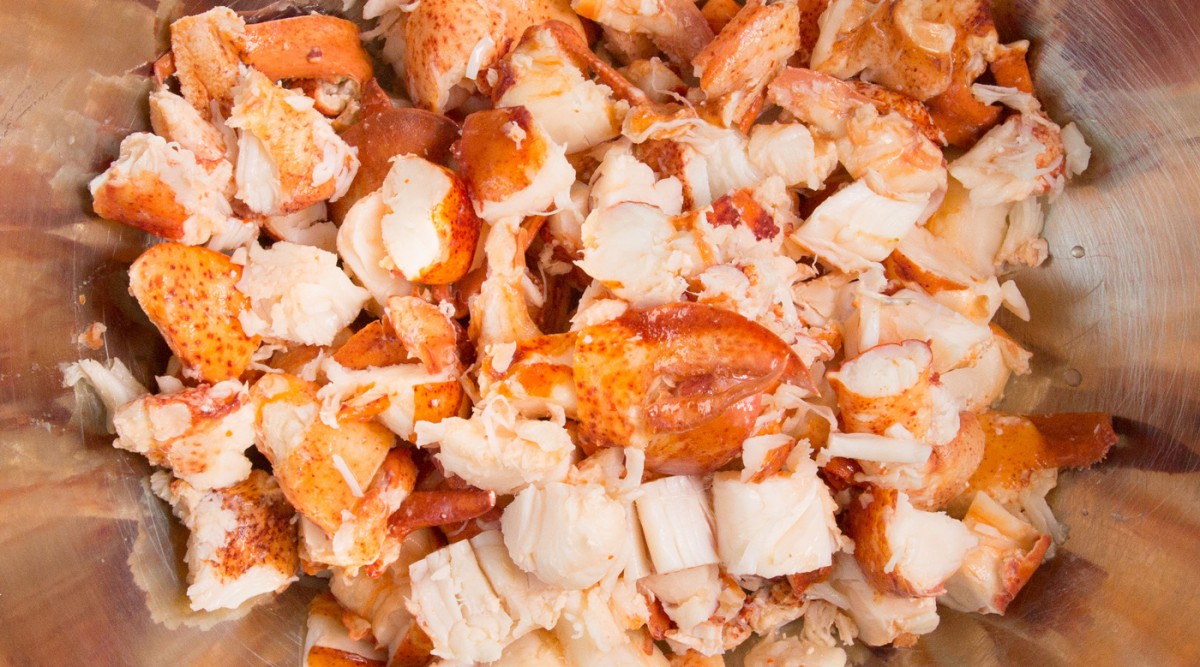The Food and Drug Administration is banning imports of some fresh cilantro from Puebla, Mexico, after a government investigation found human feces and toilet paper in growing fields there.
The FDA announced the partial ban Monday after cilantro imported from the state of Puebla was linked to 2013 and 2014 outbreaks of stomach illnesses in the United States. The FDA said health authorities in Texas and Wisconsin also suspect cilantro from the region is responsible for more illnesses this year.
Following up on the outbreaks, U.S. and Mexican health authorities investigated 11 farms and packing houses in Puebla over the last three years. The FDA said it discovered “objectionable conditions” at eight of those firms, including five that were linked to the U.S. outbreaks. The FDA said the officials discovered the feces and toilet paper in fields and found that some of the farms had no running water or toilet facilities.
via FDA Bans Some Mexican Cilantro After Human Feces Found In Fields.








